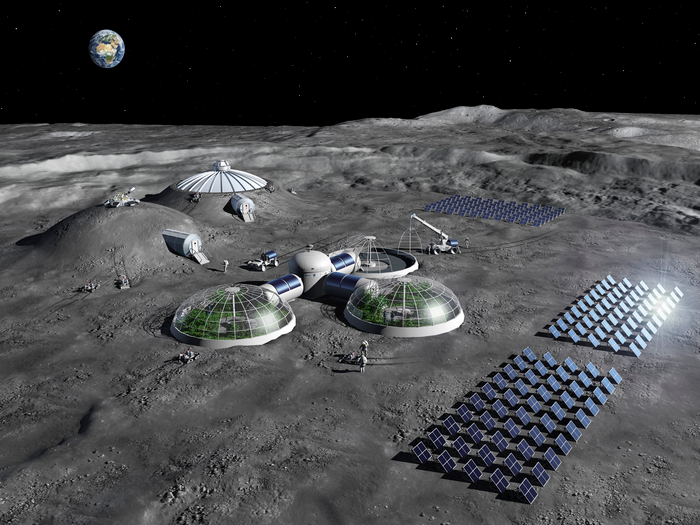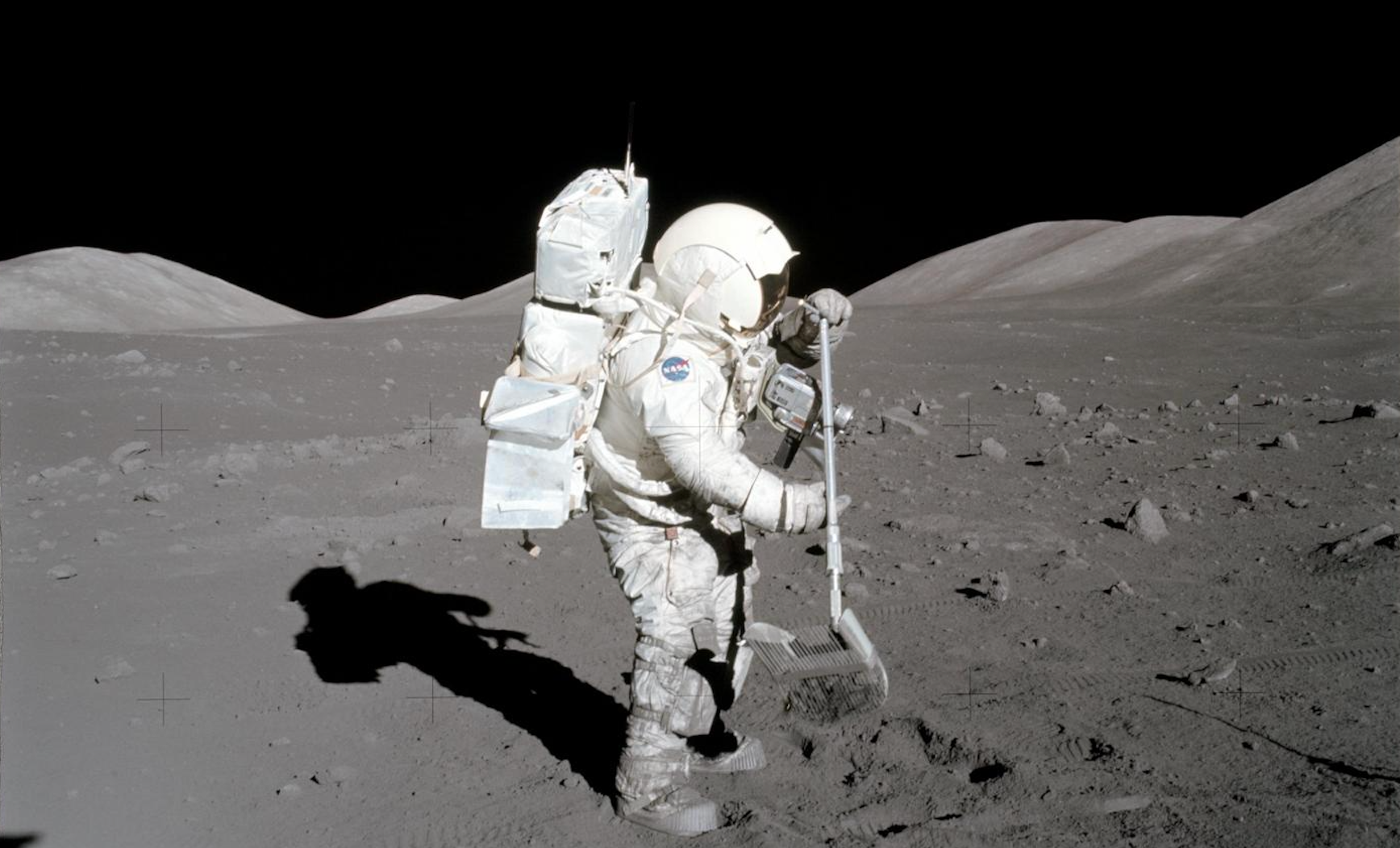Scientists develop new method to convert Moon soil into drinking water
Technique may help produce enough drinking water for 50 astronauts for one day, researchers say
Your support helps us to tell the story
From reproductive rights to climate change to Big Tech, The Independent is on the ground when the story is developing. Whether it's investigating the financials of Elon Musk's pro-Trump PAC or producing our latest documentary, 'The A Word', which shines a light on the American women fighting for reproductive rights, we know how important it is to parse out the facts from the messaging.
At such a critical moment in US history, we need reporters on the ground. Your donation allows us to keep sending journalists to speak to both sides of the story.
The Independent is trusted by Americans across the entire political spectrum. And unlike many other quality news outlets, we choose not to lock Americans out of our reporting and analysis with paywalls. We believe quality journalism should be available to everyone, paid for by those who can afford it.
Your support makes all the difference.Scientists in China have developed a breakthrough method that they claim can produce at least 50 kg of water from a ton of lunar soil, an advance that can pave the way for human habitation on the Moon.
While previous missions to the Moon as well as studies of lunar soil, or regolith, have revealed the widespread presence of water on Earth’s closest neighbour, the content is still very low ranging from 0.0001-0.02 per cent.
The study, published in the journal The Innovation, describes a new method that can potentially produce about a hundred 500ml bottles worth of water from a ton of lunar soil.
In the research, scientists showed that by heating lunar regolith above 1,200K with concave mirrors, each gram of the Moon soil can help generate water.

Another iron mineral found on the Moon, ilmenite, traps hydrogen in its special chemical structure consisting of nanometer-scale tunnels, the study noted.
Hydrogen, implanted on the mineral by the solar wind, can produce about 51–76mg of water per gram of molten lunar soil, scientists say.
Researchers say this hydrogen is also a “substantial resource” for producing water on the Moon, scientists noted.
When scaled, the new method may help produce about 50kg of water from a ton of lunar soil, researchers said in a statement.
The method, according to scientists, “demonstrates for the first time” that the hydrogen retained in Moon soil, particularly in ilmenite, can “generate significant amounts of water especially when the regolith is melted at high temperatures or subjected to electron irradiation”.

This water could be enough for 50 astronauts to consume per day, they say.
Once scientists prove that water can be produced substantially on the lunar surface, it be used both for drinking and irrigating plants in future missions.
The latest findings provide significant insights into water exploration on the Moon, and also shed light on the future construction of lunar research stations, researchers added.
“The work provides pioneering insights into water production on the Moon through the reaction between Hydrogen and lunar minerals,” scientists wrote.

Join our commenting forum
Join thought-provoking conversations, follow other Independent readers and see their replies
Comments